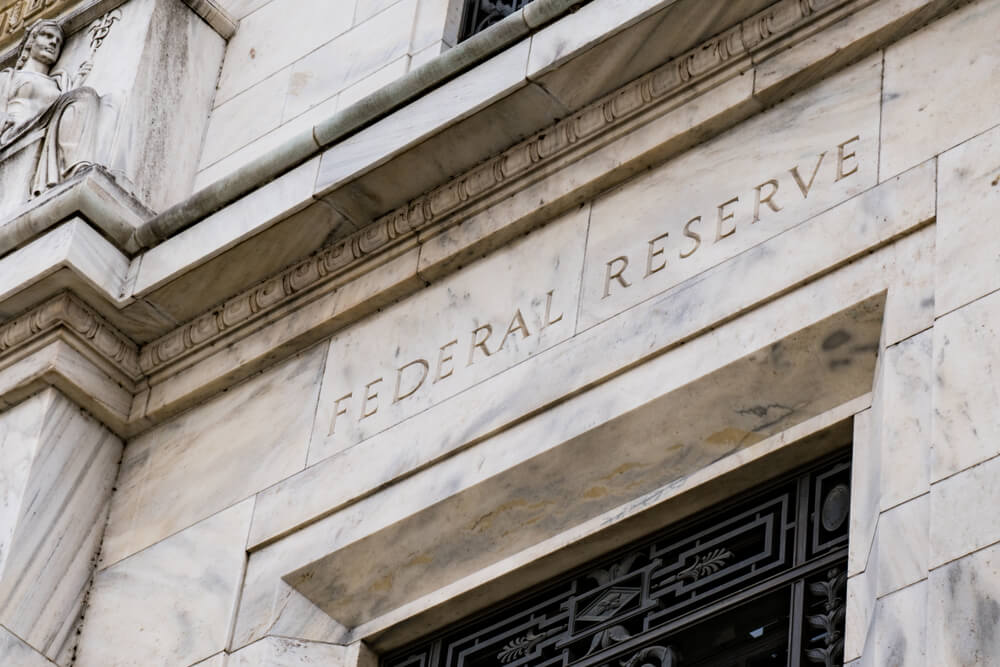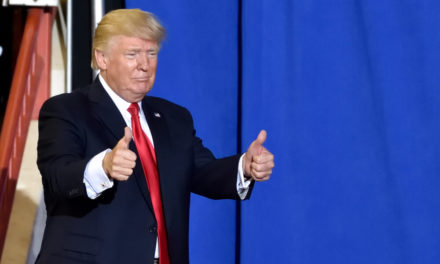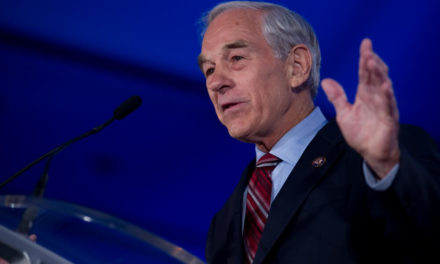There has been a lot of furor Federal Reserve’s plan to continue hiking interest rates well into 2019. President Donald Trump has said “the Fed has gone crazy,” and rising interest rates caused a massive selloff on Wall Street after the Fed released the minutes from its September meeting, when some policymakers considered raising interest rates to levels above neutral to restrain inflation.
But relax, Bloomberg says in a recent article.
Fed forecasts are a projection, not a promise. If the economy stumbles, odds are the Fed will react appropriately and ease policy. There, however, is an important exception to this rule. If inflation looks to be stirring, the Fed will likely tighten down the clamps. That’s when the real worrying should start, but the Fed does not appear near that point yet.
And then it suddenly wasn’t and inflation began jumping higher, setting in motion the Great Inflation of the 1970s. Low unemployment is not the only precedent. Then, like now, fiscal spending was ramping up even as unemployment fell.
As long as inflation pressures remain contained, the Fed has the capacity and, I believe, willingness to respond to threats to the economy. Consider the Fed’s first effort to raise rates in this cycle. Central bankers boosted rates in December of 2015, but subsequently realized that economic weakness stemming from falling oil prices and a stronger dollar were thwarting their plans to continue to tighten monetary policy. They soon went into an extended pause, holding policy steady for a full year. That change in trajectory allowed the economic expansion to continue.I think the Fed would respond in a similar manner to an economic threat today. The situation would change if the inflation outlook were to deteriorate such that policy makers sensed inflation expectations would drift upward and beyond their target of 2 percent.
To be sure, central bankers recognize that rising input costs stemming from wages and tariffs are increasing pressure on firms to raise prices. Importantly, though, central bankers continue to think conditions are consistent with their tame inflation forecasts. And, perhaps even more importantly, the minutes note that “[s]everal participants commented that inflation may modestly exceed 2 percent for a period of time.”This indicates that Fed thinking – at least for now – does not anticipate an aggressive response to modestly higher inflation. Likewise, they would probably anticipate that a weaker growth trajectory than expected would cause inflationary pressures to wane, thereby justifying an easier policy stance.
So far, Bloomberg says, the Fed hasn’t allowed a series of inflation shocks like tariffs and higher energy prices in a full employment, fiscal stimulus-charged economy to create recession conditions.
That tells me the Fed is not likely to risk allowing this expansion to end just yet. Absent an inflationary threat, you should bet that there is a “Powell put” for the economy. We are just nowhere near triggering it yet.




